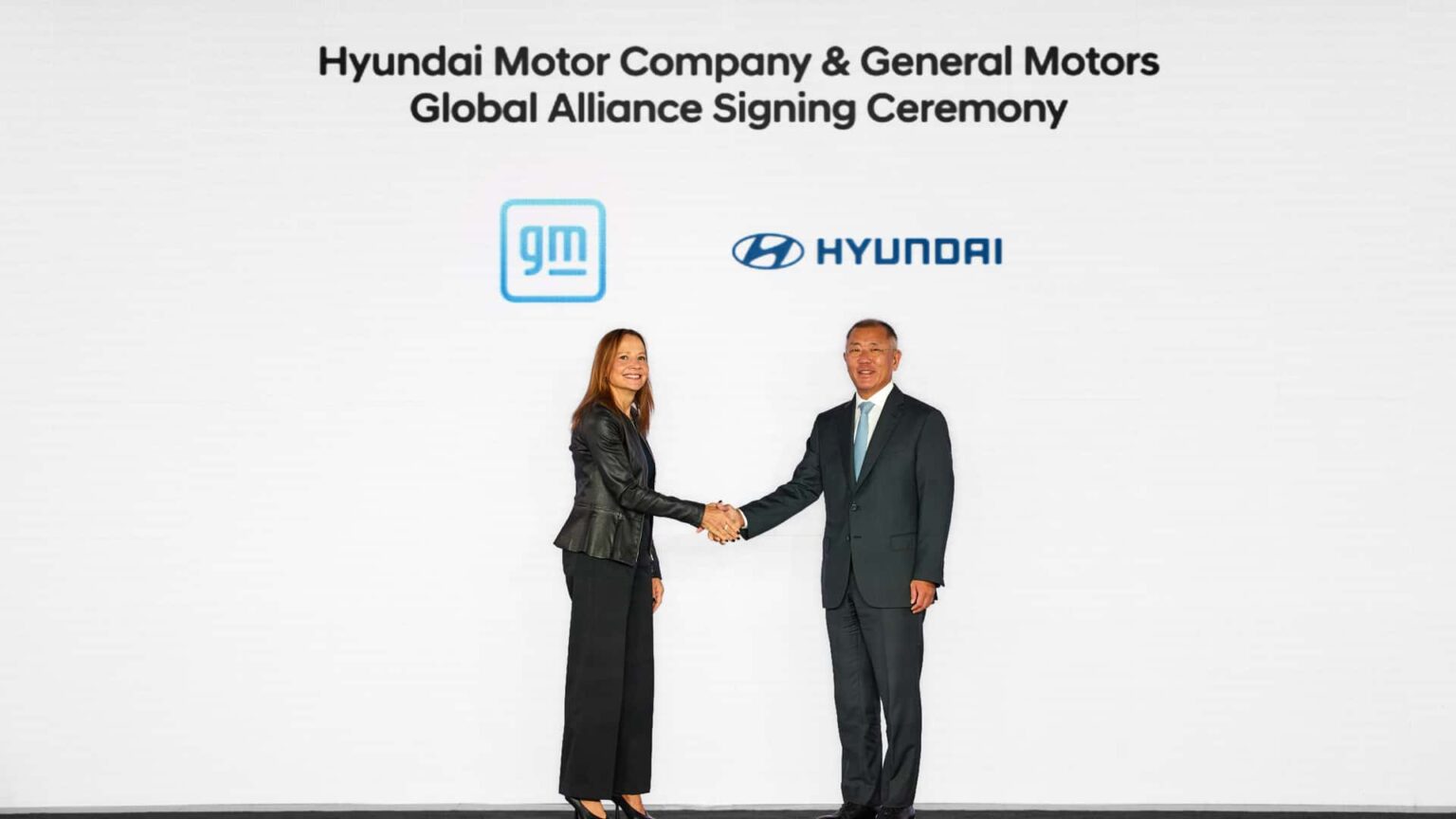We certainly didn’t have a General Motors and Hyundai tie-up on our bingo cards last year when the two signed a Memorandum of Understanding to explore a potential collaboration. Then again, perhaps we shouldn’t have been surprised. After all, weirder things have happened. Remember DaimlerChrysler? And we don’t even have to go back to the 1990s. In 2025, Jeep and Maserati are strange bedfellows, Lotus and Volvo are owned by Geely, while Bugatti and Rimac are a single company.
Anywho, GM and Hyundai have finalized the details of their unexpected collaboration. The duo will work on compact and midsize pickup trucks for the Central and South American markets, where a compact SUV and a similarly sized car are also planned. All four will be available with either pure combustion engines or hybrid powertrains. Additionally, a purely electric commercial van for North America is in the works as a smaller alternative to Chevrolet’s BrightDrop van.
Photo by: Hyundai
Once production of all products is fully ramped up, the two automotive giants will manufacture more than 800,000 vehicles annually. Hyundai will take responsibility for developing the compact models and the electric van, whereas GM will handle the midsize truck. As you can imagine, the plan is to share platforms while differentiating the vehicles with unique exterior and interior designs to preserve brand identity. Each company will sell the vehicles under its own brand.
Vehicles intended for the Central and South American markets will go on sale in 2028. At the beginning of the same year, the electric commercial van, built in the United States, is scheduled to launch. Although the plan is being publicly disclosed today, Hyundai and GM have already been working on engineering and design for some time.
The alliance extends beyond just developing and building vehicles. Hyundai and GM are also exploring joint procurement of raw materials and parts, as well as securing low-carbon-emission steel. Additionally, the two parties are considering a collaborative effort on fuel cells, as both believe hydrogen has a future. This contrasts with Stellantis’ recent decision to effectively cancel its hydrogen fuel cell initiatives.
Why are GM and Hyundai working together?
There are several reasons why two automakers, despite their differences, would choose to collaborate. Joining forces allows GM and Hyundai to cut development costs and accelerate the engineering process, enabling a quicker time to market. Further savings come from joint procurement of raw materials and components.
This is just the beginning. Hyundai and GM hint at extending the partnership, stating these are merely the first five co-developed vehicles, therefore suggesting more are on the way.
Sources:
General Motors, Hyundai
Read the full article here



